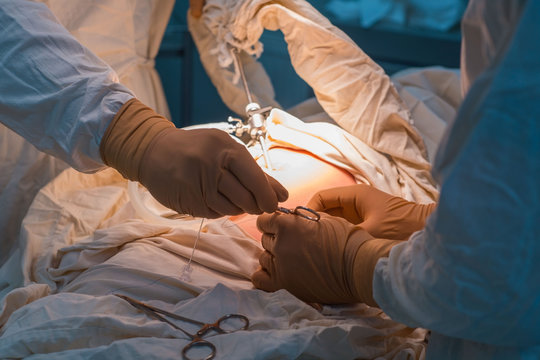This article will explore the details of the open cholecystectomy procedure and its significance in modern surgical practice.
How does the Open Cholecystectomy procedure work?
An open cholecystectomy is typically performed under general anesthesia, meaning the patient is unconscious during the surgery. It involves the following steps: –
1. Incision
The surgeon at the best hospital in Chandigarh makes a large incision (approximately 4 to 6 inches) in the upper abdomen, just below the ribcage, to access the gallbladder. The incision is made horizontally or vertically, depending on the surgeon’s preference and the patient’s condition.
2. Exposure and dissection
After the incision, they gently pull back the surrounding tissues to expose the gallbladder. Specialized instruments are then used to carefully separate the gallbladder from the liver, bile ducts, and blood vessels.
3. Clipping and Removal
The surgeon places clips on the cystic duct and artery to prevent bile leakage during the procedure, which supplies and drains the gallbladder. Once the duct and artery are securely clipped, the gallbladder is cut away from the liver and carefully removed through the incision.
4. Closure
After removing the gallbladder, the surgeon closes the incision with stitches or staples. Sometimes, a drainage tube may be placed near the surgical site to remove any excess fluid accumulated during the healing process. The drainage tube is usually removed a day or two after the surgery.
What are the advantages of Open Cholecystectomy?
The surgeons of the best hospital for Gallbladder Treatment in Chandigarh state that open cholecystectomy has become less common due to the popularity of Laparoscopic techniques, but it still delivers several advantages. Some of them are: –
- Open cholecystectomy can be performed on patients with complex gallbladder conditions or those with prior abdominal surgeries, where laparoscopic access may be challenging.
- The open approach provides the surgeon with a direct and clear view of the surgical field, allowing for better visualization of surrounding structures and potential complications.
- Some surgeons may prefer the open technique, as they are more experienced and comfortable with this approach, ensuring a safer and more successful procedure.





